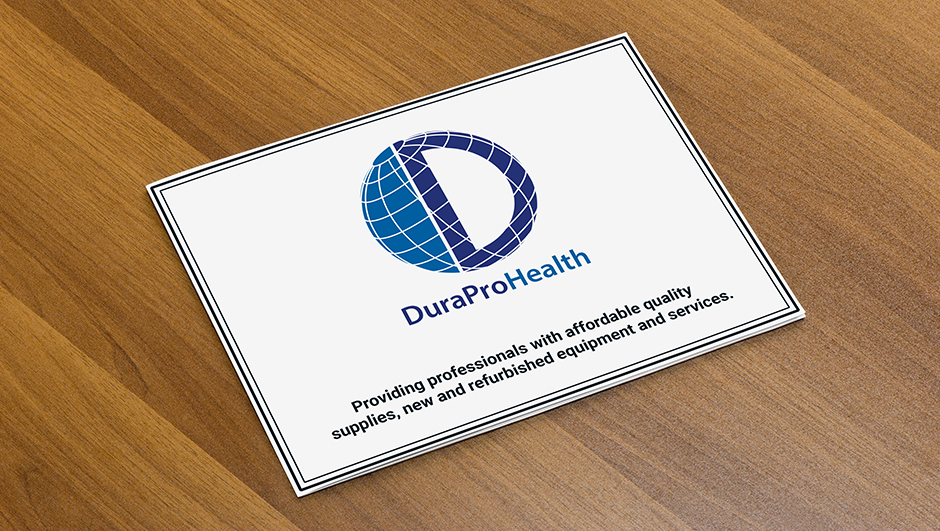After Dark: The Most Dangerous Time to Drive

Driving at Night
Lack of light, compromised night vision, heavier traffic, impaired drivers and fatigue all contribute to making driving at night more dangerous than during any other time of day.
In fact, traffic deaths are three times greater at night, according to National Safety Council research due to these factors:
Darkness
When it’s dark outside, depth perception, color recognition and peripheral vision are compromised. The addition of glare of headlights from an oncoming vehicle can literally blind a driver temporarily.
Even with high-beam headlights on, visibility is limited to about 500 feet (250 feet for normal headlights)
What should you do to combat darkness?
- Aim your headlights correctly, and make sure they’re clean
- Dim your dashboard
- Look away from oncoming lights
- If you wear glasses, make sure they’re anti-reflective
- Clean the windshield to eliminate streaks
- Slow down to compensate for limited visibility and reduced stopping time

Compromised Night Vision
Night vision is the ability to see well in low-light conditions.
- So Reduce your speed – Don’t be an impatient driver; slow down
- Minimize distractions at night, like talking with passengers or listening to the radio
- Be honest about your ability to drive after dark and limit driving to daytime hours if necessary
- Don’t touch your phone, and don’t eat, drink or do other things that take your mind off the road
Impaired Drivers
More than 30 people die every day in crashes that involve a driver impaired by alcohol, add to that drivers impaired by prescription medicines and other drugs, and that number goes up significantly. Impaired drivers are most frequently on the road after dark – particularly between the hours of midnight and 3 a.m. on weekends.
And here’s a statistic for you:
While drunk driving has declined by about one-third since 2007, the number of drivers under the influence of drugs has increased. Between 2013 and 2015, 22 percent of drivers tested positive for a drug that would cause impairment, according to the National Highway Traffic Safety Administration (NHTSA).
 Fatigue
Fatigue
A National Sleep Foundation poll says 60% of adults have driven while they were tired, and another 37%, or 103 million people, have fallen asleep at the wheel. It gets worse, of those, 13% say they fall asleep while driving at least once a month.
A report by NHTSA showed that 100,000 police-reported crashes were a result of driver fatigue. Most crashes happen at time when drivers tend to be tired: 4 to 6 a.m., midnight to 2 a.m. and 2 to 4 p.m.
What can you do to prevent fatigue ?
- Get a good night’s sleep
- Take regular breaks every two hours
- Share the drive
- Pull over and take a nap if you’re drowsy

Stay Alert, Stay Alive
While we do only one quarter of our driving at night, 50 percent of traffic deaths happen at night. It doesn’t matter if the road is familiar to you or not, driving at night is always more dangerous.
Over 35,000 people were killed in car crashes in 2015. By taking some extra precautions, we can all contribute to reducing those numbers.
